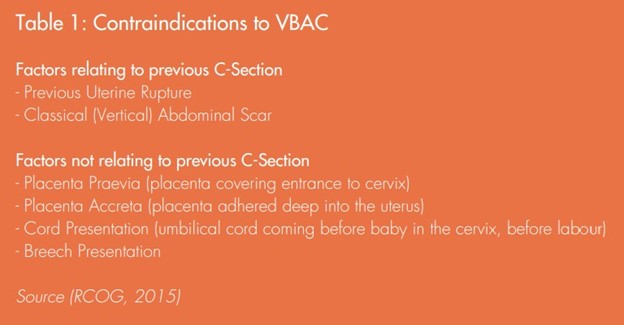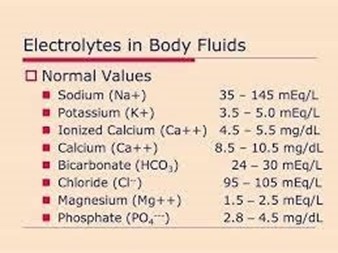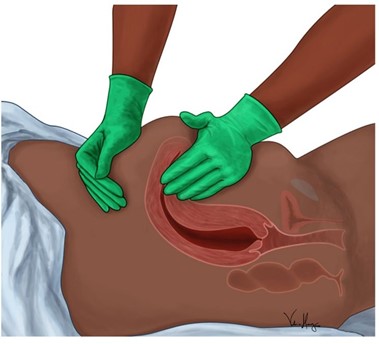A client whose first child was delivered by cesarean section is 20 weeks pregnant with her second child and wishes to have a vaginal birth after cesarean (VBAC). What information is most important for the practical nurse (PN) to obtain?
Client's intent regarding breastfeeding of the newborn.
The type of uterine incision used for previous birth.
History of contracting Herpes simplex virus.
Religious preference of the client's family.
The Correct Answer is B
Knowing the type of uterine incision from the previous cesarean section is crucial when considering the option of vaginal birth after cesarean (VBAC). The type of incision can provide important insights into the potential risks and complications associated with a trial of labor.
Specifically, a low transverse uterine incision is considered the most favorable for VBAC, as it has a lower risk of uterine rupture compared to other types of incisions, such as a classical or vertical incision.
A. While information about the client's intent regarding breastfeeding of the newborn is important for providing appropriate support and education, it does not have a direct impact on the decision-making process for VBAC.
C. A history of contracting Herpes simplex virus is relevant to the client's overall health and may have implications for the management of the pregnancy, but it is not directly related to the decision regarding VBAC.
D. The religious preference of the client's family, while important for respecting cultural and spiritual beliefs, does not have a direct impact on the decision-making process for VBAC.

Nursing Test Bank
Naxlex Comprehensive Predictor Exams
Related Questions
Correct Answer is C
Explanation
When a client reports experiencing numbness and tingling in the extremities, it is crucial for the practical nurse (PN) to prioritize reporting the client's electrolyte levels to the healthcare provider. Electrolytes are essential minerals that help maintain the balance of fluids in the body and enable proper nerve and muscle function. Imbalances in electrolyte levels can lead to neurological symptoms, including numbness and tingling.
Options a, b, and d are not the correct priorities to report in this situation:

Correct Answer is D
Explanation
This is the best action to take for a client who experiences a sudden gush of vaginal blood and clots after a cesarean section. Massaging the fundus helps to stimulate uterine contractions and reduce bleeding. Avoiding direct pressure on the incision prevents pain and wound dehiscence.

Whether you are a student looking to ace your exams or a practicing nurse seeking to enhance your expertise , our nursing education contents will empower you with the confidence and competence to make a difference in the lives of patients and become a respected leader in the healthcare field.
Visit Naxlex, invest in your future and unlock endless possibilities with our unparalleled nursing education contents today
Report Wrong Answer on the Current Question
Do you disagree with the answer? If yes, what is your expected answer? Explain.
Kindly be descriptive with the issue you are facing.
